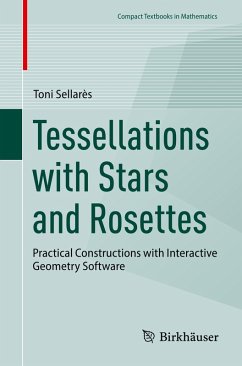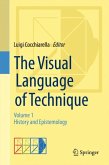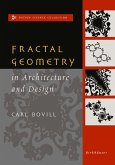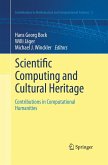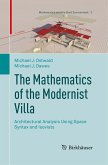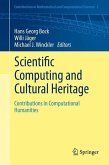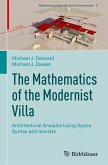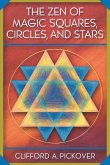The main objective of the book is to teach how to practically construct periodic tessellations with stars and rosettes using an Interactive Geometry Software (IGS).
Stars and rosettes are among the most characteristic geometric ornamental motifs of Islamic art. They are found on walls, ceilings, doors, and windows in both religious and secular buildings. Tessellations are repetitive patterns of shapes that fit together without gaps or overlaps, and they are periodic when they can be constructed by translations of a shape in two different directions. Periodic tessellations with stars and rosettes are complex and symmetrical compositions with rhythmic repetitions of profound beauty. An IGS allows to create and manipulate geometric constructions, producing accurate drawings. The book only assumes knowledge of basic geometric concepts and is self-contained while also providing all the necessary background information.
Tessellations with Stars and Rosettes is aimed at students and graduates of mathematics, design, architecture, artists, and art historians, as well as anyone who wants to draw tessellations of stars and rosettes using IGS. It is suitable for a trimester or a semester course, and can also be used for self-study.
Stars and rosettes are among the most characteristic geometric ornamental motifs of Islamic art. They are found on walls, ceilings, doors, and windows in both religious and secular buildings. Tessellations are repetitive patterns of shapes that fit together without gaps or overlaps, and they are periodic when they can be constructed by translations of a shape in two different directions. Periodic tessellations with stars and rosettes are complex and symmetrical compositions with rhythmic repetitions of profound beauty. An IGS allows to create and manipulate geometric constructions, producing accurate drawings. The book only assumes knowledge of basic geometric concepts and is self-contained while also providing all the necessary background information.
Tessellations with Stars and Rosettes is aimed at students and graduates of mathematics, design, architecture, artists, and art historians, as well as anyone who wants to draw tessellations of stars and rosettes using IGS. It is suitable for a trimester or a semester course, and can also be used for self-study.

